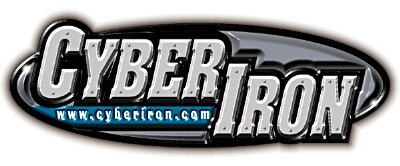Powerlifting and Hypertrophy
Powerlifting Hypertrophy Routine
Powerlifters and bodybuilders have never been on the same page because they train completely different from each other. Powerlifters are always looking for the easiest way to lift a weight; bodybuilders are always looking for the most difficult way to lift a weight.
If you are a bodybuilder looking to gain muscle (hypertrophy) you need to make use of all the optimized strength-training routines and methods to increase your strength. You need to get stronger so that you can achieve that sort-after "pump" using a heavier weight than you did last time (progressive resistance).
The obvious solution is to always start a workout with core compound lifts using heavy weights and low reps. Only after you have completed this important first stage of your hypertrophy routine would you then add two to four assistance lifts which target a muscle group that was needed to complete the compound lift you just did.
Select the specific movements that are designed to target the specific weaknesses that the compound lift you just completed didn't address. For example, starting your workout with front squats will not target your gluts and hamstrings so doing an isolated movement like leg curls or lunges after doing front squats is a good idea.
Strength coach Eric Helms explains that any hypertrophy achieved from doing a compound movement is a secondary adaptation when training for strength. He means that you will never achieve the hypertrophy of a muscle until you can recruit it. Recruitment of any high-threshold motor units will always require progressively increasing the load.
You can optimize both your strength plus your hypertrophy, despite the fact these two disciplines will train a body-part completely differently. If we look specifically at hypertrophy (muscle gain) then after completing a compound movement doing heavy loads for 2 to 6 reps, we would select an assistance movement and do a descending pyramid, not concentrating on the weight but rather on form/technique. The objective is to reach the point of failure without changing form.
Click Here For Your Free Bodybuilding and Powerlifting Magazine
Disclaimer: Information provided on this site is for entertainment purposes only. Any suggestions given are in no way intended to be a substitute for professional medical advice. CyberIron.com assumes no responsibility for personal injury or damage sustained by or through the use of any advice given or products suggested.
[ Supplements ] [ Nutrition ]
[ Steroids ] [ Forum ]

